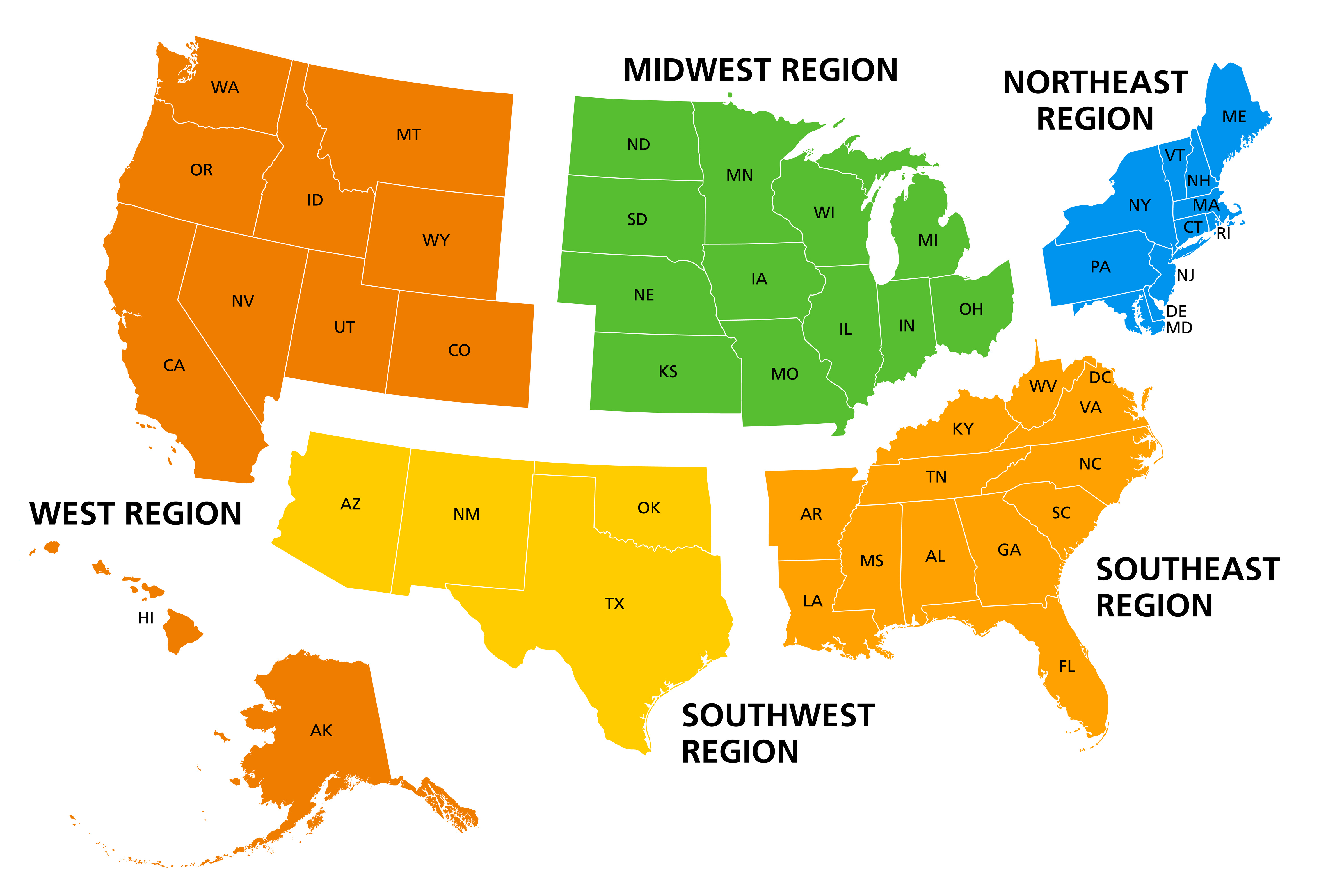If You Want Them to Listen, Watch Your Language
With now 60 countries of the world naming English as their official language, English comes out on top by a large margin, Paul Anthony Jones writes in Mental Floss. (There would be 61, but, while English is the national language of United Kingdom law, government, business, and education, it’s never been made official. In fact, English became official in the U.S. just this year!)
Within the United States itself, people in different regions use not only unique pronunciations, but unique vocabulary. In Texas, a laundromat is called a washeteria; in Ohio you’d refer to a vacuum as a sweeper. In the Northwest, something expensive is “spendy”, Cassie Wright points out in Lingoda.
When it comes to content marketing, keeping it basic means using understandable, clear language. “In order to write an effective sales page, it’s absolutely critical to speak the language of your target market,” Joey van Kuilenburg writes in Linkedin, paying attention to the terminology they use, including phrases and word choices. At Say It For You, our message to the business owner and practitioner clients who hire us is this:
Your business or practice can’t be all things to all people. Everything about your content should be tailor-made for your ideal customer – the words we use, how technical we get, how sophisticated the approach to a subject, the title of each blog entry – all must focus on what together we learn about your target market – their needs, their preferences, their questions.
There are certain “Americanisms”, which are sayings we take for granted, but often don’t realize make no sense to foreigners, even to those who speak English. That’s because foreigners don’t share our cultural memories and understandings. As content marketers, we can actually turn that “outsider puzzlement” to our advantage, allowing readers to feel they are in our “inner circle” when we share those language “secrets”, I’ve observed over the years working with Say It For You clients from many different industries and professions.
The guiding principle in creating content is that, if you want them to listen, watch your language!






Follow us online!